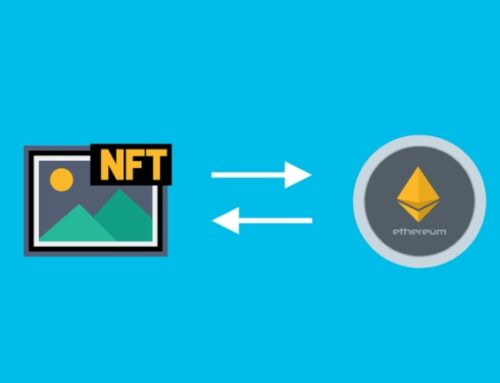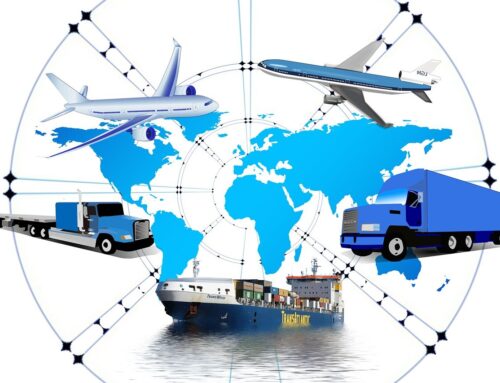Blockchain and cryptocurrency are terms you’ll often hear being thrown together. While they are two distinctly different technologies, they are also inherently intertwined with one another.
In simple terms, blockchain is a database of all crypto transactions done anywhere in the world at any time. It’s a system of storing information in a way that makes it nearly impossible to change, hack, or cheat the system. A public ledger, blockchain distributes the information of all crypto transactions across the network of all connected computers, so that everyone can view the data, including crypto mining and trading. It does not have a central control or single authority.
In its most complex state, Blockchain is a digitalized, decentralised, public ledger. Simply put, it’s a formation of digital information, or blocks, stored in a public database, or quite literally, the chain. When verifiable transactions take place, the information is stored by the blocks, and the blockchain grows in size. Cryptocurrency operates through the blockchain, as it too is a decentralised, digital system. Defined as a digital or virtual currency, it uses cryptography for security, and is not owned by any particular authority – essentially rendering it immune to authoritative control.
Cryptocurrency
A cryptocurrency is a digital store of value with the primary use of buying and selling goods, services, or property. Popular examples include Bitcoin and Litecoin. These digital currencies are cryptographically secured against counterfeit and often are not issued or controlled by any centralized authority. Instead, the governance of the network is left up to the participants. Cryptocurrencies can be referred to as tokens or coins.
Blockchain Technology
Perhaps in response to the 2008 global financial industry crash, a person, or an entity, named Satoshi Nakamoto developed a protocol for a peer-to-peer electronic cash system. That protocol became the foundation for distributed ledgers called blockchains. Blockchain is a bit like a global spreadsheet or ledger. It does not have a central database; instead, it runs on computers provided by volunteers around the world. A blockchain is public: anyone can view it at any time because it resides on the network, not within a single institution. A blockchain is encrypted and it uses public and private keys to maintain a sort of virtual security. A blockchain allows a person to safely send money to another person without going through a bank or financial services provider.
WHAT’S THE DIFFERENCE?
Blockchains can enable decentralized platforms which require a cryptocurrency. The blockchain is the technology that serves as the distributed ledger and allows a network to maintain consensus. Distributed consensus enables the network to track transactions, and enables the transfer of value and information.
Cryptocurrencies are the tokens used within these networks to send value and pay for these transactions, or to provide network incentives. Furthermore, you can see them as a tool on the blockchain, in some cases serving as a resource or utility, or even to digitize the ownership of an asset.







Leave A Comment